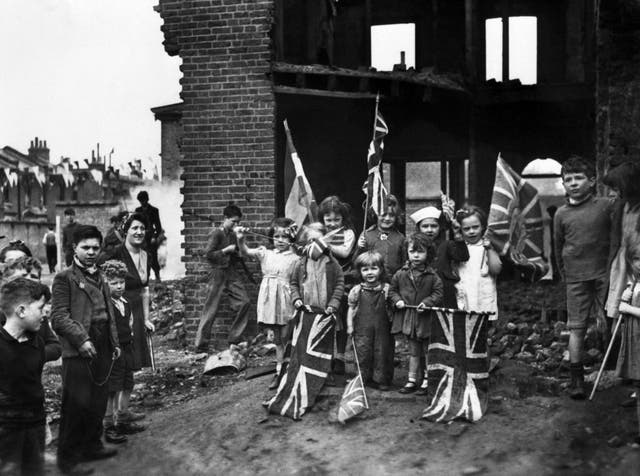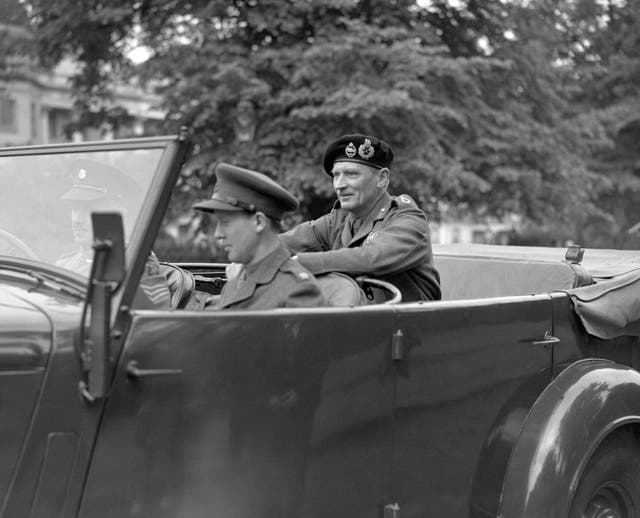
On May 8 1945, the unconditional surrender of Nazi Germany was formally accepted by the Allies.
It was declared Victory in Europe Day and is marked every year, with 2020 seeing the 75th anniversary of the momentous occasion.

Less than a year before, thousands of brave soldiers stormed the beaches of Normandy on June 6 1944, D-Day.
What happened in the 336 days between the Allied invasion of Europe and VE Day?
The PA news agency has taken a look at some of the key events of the war in Europe:
– June 6 1944: Allied soldiers bravely storm French beaches in the D-Day landings
– June 7 1944: The French town of Bayeux is liberated
– June 14 1944: Charles de Gaulle lands at Normandy and gives a speech in Bayeux
– July 1944: After a lengthy siege, Field Marshal Bernard Montgomery’s forces break the deadlock at Caen and the city is liberated

– August 25 1944: Paris is liberated
– September 1 1944: Canadian forces liberate the French port of Dieppe
– September 3 1944: Allied troops arrive at Brussels and the city is liberated
– September 1944: Operation Market Garden. The Allies’ airborne attack aimed at securing a crossing of the Rhine is defeated
– December 1944: Battle of the Bulge. German forces make a final offensive in the west aimed at dividing the advancing Allies but fail.
– January 27 1945: The Red Army arrives at the gates of Auschwitz Concentration Camp and liberates it
– April 15 1945: British forces liberate the concentration camp at Bergen-Belsen in northern Germany

– April 25 1945: The Soviet Union’s Red Army enters Berlin
– April 30 1945: Adolf Hitler dies by suicide
– May 2 1945: German forces in Italy surrender
– May 8 1945: Victory in Europe declared following Germany’s unconditional surrender


Comments: Our rules
We want our comments to be a lively and valuable part of our community - a place where readers can debate and engage with the most important local issues. The ability to comment on our stories is a privilege, not a right, however, and that privilege may be withdrawn if it is abused or misused.
Please report any comments that break our rules.
Read the rules hereLast Updated:
Report this comment Cancel